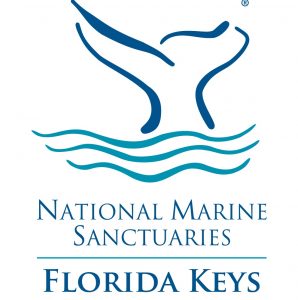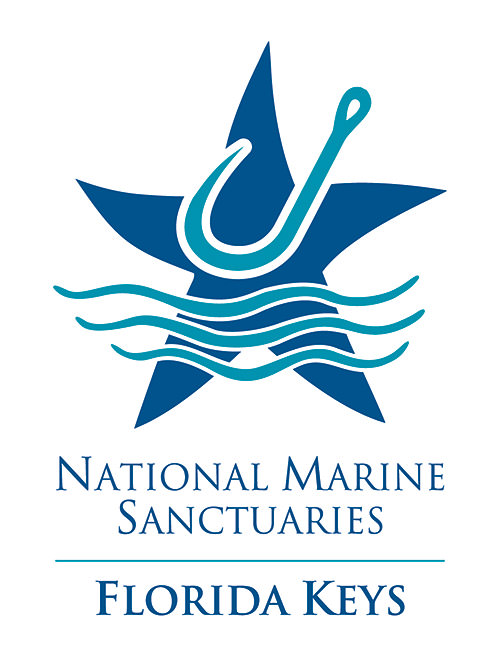Thousands of scuba divers, snorkelers, anglers and watersports enthusiasts visit the Florida Keys annually to dive or snorkel the United States’ only living coral reef and enjoy Keys waters. In November 2020 the Florida Keys National Marine Sanctuary FKNMS marks 30 years of dedication to protecting the world’s third-largest barrier reef and the waters surrounding the island chain.
 President George H.W. Bush signed the Florida Keys National Marine Sanctuary and Protection Act Nov. 16, 1990. Administered by the National Oceanic and Atmospheric Administration and jointly managed with the state of Florida, FKNMS became one of 14 marine protected areas in the National Marine Sanctuary System.
President George H.W. Bush signed the Florida Keys National Marine Sanctuary and Protection Act Nov. 16, 1990. Administered by the National Oceanic and Atmospheric Administration and jointly managed with the state of Florida, FKNMS became one of 14 marine protected areas in the National Marine Sanctuary System.
Throughout November, the sanctuary is posting stories on its social media channels and website exploring the impact of the sanctuary over the last 30 years, including its scientific, sustainable tourism and stewardship accomplishments throughout its protected waters.
FKNMS Boundaries
Today the sanctuary protects 2,900 square nautical miles of waters. Its boundaries stretch from Biscayne National Park near Miami to the Dry Tortugas, 70 miles west of Key West.
Within these boundaries lie a spectacular and unique ecosystem with shallow seagrass beds, mangrove-fringed islands and the world’s third-largest barrier coral reef that collectively support more than 6,000 species. In addition, the sanctuary is the final resting spot of culturally important shipwrecks and other archeological treasures — some dating back centuries.
FKNMS provides the foundation for the Florida Keys as a destination deeply committed to its environment and has proven to be a positive force in attracting eco-conscious visitors to the Keys. The sanctuary works with other government agencies, universities and private entities on research projects to get better science about fish populations and other marine life topics.
Visitors to the sanctuary are encouraged to experience the many recreational activities the ecosystem offers including world-class diving, swimming, snorkeling, fishing, boating and wild dolphin-watching. Kayaking and paddleboarding are great ways to see the beauty of the sanctuary’s seagrass beds full of juvenile marine life or observe birds and other wildlife on pristine islands.
FKNMS Rules and Regulations
Rules and regulations such as no-take zones ensure that those activities are not harmful to the Keys’ natural resources in order to sustain a healthy marine ecosystem for current and future generations to enjoy.
A voluntary recognition program, Blue Star, was established by the sanctuary to promote both responsible fishing and diving in the Keys.
 Certified Blue Star dive operators promote responsible diving and snorkeling at the reef, with emphasis on not touching or removing corals and using mooring buoys so boats don’t have to drop anchors that might damage corals. Professional operators teach divers and snorkelers in-water etiquette such as reef fish identification, practicing good buoyancy, careful hand and fin placement and avoiding contact with coral.
Certified Blue Star dive operators promote responsible diving and snorkeling at the reef, with emphasis on not touching or removing corals and using mooring buoys so boats don’t have to drop anchors that might damage corals. Professional operators teach divers and snorkelers in-water etiquette such as reef fish identification, practicing good buoyancy, careful hand and fin placement and avoiding contact with coral.
Professional Blue Star fishing guides educate the public about sustainable recreational fishing best practices and conserving the unique marine ecosystem of the Florida Keys. Charter captains and guides are trained about the sanctuary and its diverse habitats and fisheries — empowering them to be truly effective ambassadors for sport fishing and stewards of the environment.
Florida Keys National Marine Sanctuary information: floridakeys.noaa.gov; twitter.com/FloridaKeysNMS; facebook.com/floridakeysnoaagov/
Source: Florida Keys National Marine Sanctuary Celebrates 30 Years | Florida Keys Newsroom
